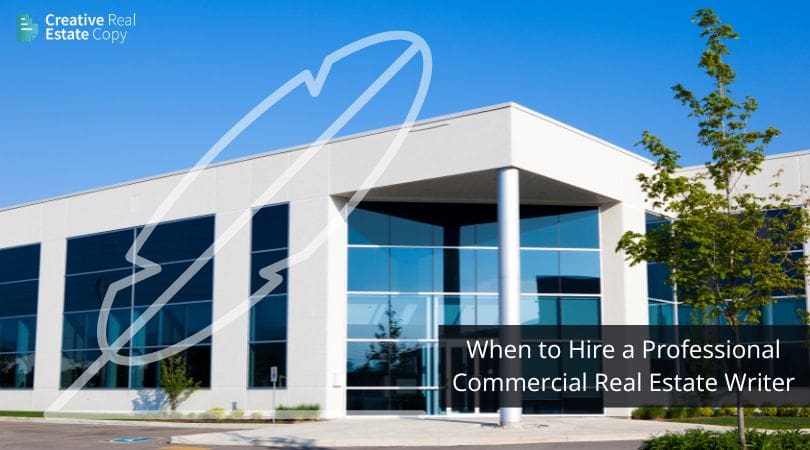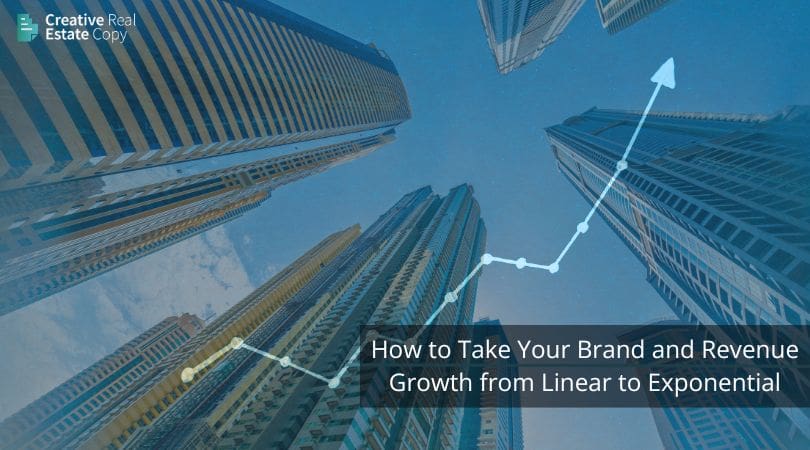AI is a remarkable tool, but it can’t replace strategy, experience, or human understanding. In commercial real estate, where credibility and accuracy define trust, AI isn’t capable of crafting content that wins clients or strengthens reputation.
We see this often. Firms test AI hoping to save time or reduce costs, but discover that automation without insight weakens their authority. The language may sound polished, but it doesn’t feel authentic. When the content doesn’t sound like the firm, clients notice.
In an industry where deals involve millions or billions of dollars in capital, that disconnect costs real opportunities.
The limits of AI in high-stakes industries
AI is fast, efficient, and capable of processing data at scale. It can summarize reports, compile market information, and generate outlines. What it can’t do is interpret the subtleties of human relationships, risk, and negotiation that drive commercial real estate.
It can’t sense when a phrase communicates confidence or when it sounds overstated. It can’t recognize the tone of a CEO who has spent decades in the industry or the specific pressure points of a broker who represents tenants in complex industrial portfolios.
The most common result is surface-level accuracy and deep-level misunderstanding. The words look right, but lack precision.
One development company discovered that AI-generated messaging can sound polished yet fail to convey real differentiation. The content was passable but failed to differentiate its value proposition from competitors’. The messaging read like any national developer. Their expertise in adaptive reuse, which should have been central, appeared only once. After the discovery process, their brand was repositioned around that strength, their target investor profile was clarified, and their messaging was rebuilt. Within two months, web traffic improved, and they closed new projects directly attributed to inbound inquiries.
The risks of AI-generated content
AI has limitations other than tone and context. Overreliance on it can harm credibility, visibility, and compliance.
Accuracy: AI can generate confident statements even when fed outdated, incomplete, or unverifiable data. In an investment environment that values precision and trust, this creates risk.
Credibility: Generic, impersonal language erodes authority and trust. Readers sense when content lacks genuine perspective.
SEO: Search engines reward originality and penalize repetitive or low-value material. AI-heavy output triggers these penalties.
Voice: AI can’t match the rhythm or emotional intelligence of human communication. Every firm ends up sounding identical.
Another example illustrates this. A national brokerage used AI to produce market summaries for social posts. The data was correct, but the tone was sterile. Engagement dropped, and their internal analytics showed readers were spending half as much time on each post. Once their messaging was restructured to highlight the managing partner’s voice and include executive insights, engagement soared.
AI can assist, but it cannot lead.
The role of executive insight
Every credible message starts with leadership. Executives understand their market position, operational strengths, and what matters most to their clients. They see where value is created and where risk lives. That knowledge cannot be simulated.
As specialized writers, we understand the industry and translate ideas effectively, but we depend on executive insight to define direction. The best thought leadership emerges when we synergize our communication expertise with your lived experience.
The CREC process: human intelligence first
Our work begins with conversation, not automation.
- Discovery Calls
We start with several focused sessions with firm leadership. The goal is to understand who you are, what you represent, your audience, and your long-term goals. We learn how your clients think and what they value most. That insight becomes the foundation for every content strategy. - Brand Messaging Development
From that conversation, we create a set of structured documents that define your communication framework:
- Brand messaging and positioning statement
- Value proposition
- Ideal prospect and audience profile
- Brand voice and tone guide
- Key messaging themes
These assets serve as the internal reference point and standard for all marketing, business development, and sales content your team produces.
- Executive Interviews for Content Creation
For each deliverable, such as a blog post, press release, article, or website section, we interview your executive team to extract the most valuable and timely insights. These conversations often surface ideas that leaders did not realize were valuable to their audience.
We recently worked with a capital markets advisory firm whose executives struggled to explain their differentiation. Through guided interviews, we identified that their strength was not volume but precision: fewer deals, higher success rates, increased ROI, and stronger retention. That clarity reshaped their entire brand narrative and improved how they spoke to investors.
The writing process builds on these insights to create content that sounds authentic because it is authentic.
The hybrid human–AI model
AI becomes powerful when used in the correct sequence. Once leadership defines the message and strategic goals, AI can accelerate production. It helps analyze transcripts, summarize key ideas, test alternative phrasing, and identify emerging trends.
This is where AI is a partner rather than a replacement. It extends human capability while preserving originality and strategic intent. The result is faster turnaround without compromising accuracy or tone. This strategy combines judgment, empathy, and context with efficiency and scale.
How CRE firms should use AI
The proper role of AI in content strategy is supportive. Use it to:
- Generate ideas and explore new angles.
- Research competitive positioning.
- Sift through large quantities of transcripts or data.
- Create rough outlines for human refinement.
What it can’t do is:
- Define your brand position.
- Identify your audience’s real motivations.
- Determine your strategic narrative.
- Communicate the voice of your leadership team.
Those tasks require human analysis and emotional intelligence.
The real value: human understanding
Human understanding recognizes nuance. It asks better questions. It connects logic and emotion in ways AI can’t replicate.
Only a person who knows the industry can interpret the motivations behind a site selection, a capital raise, or a tenant negotiation. That insight drives trust.
Your clients aren’t buying generic expertise. They are buying your judgment, your process, and your ability to deliver predictable outcomes. Your content should reflect that.
When your firm’s message combines human experience with thoughtful AI support, it delivers authenticity, accuracy, and authority. Those are the three elements that separate leaders from followers in commercial real estate.
Credibility defines opportunity
In commercial real estate, where credibility defines opportunity, the most effective marketing will always start with your leadership’s perspective and knowledge. Let AI assist with speed and structure, but keep the strategy, insight, and voice in human hands.
The firms that succeed will be those that merge human intelligence with technological efficiency while using AI as a tool, not a storyteller or source of insight.




